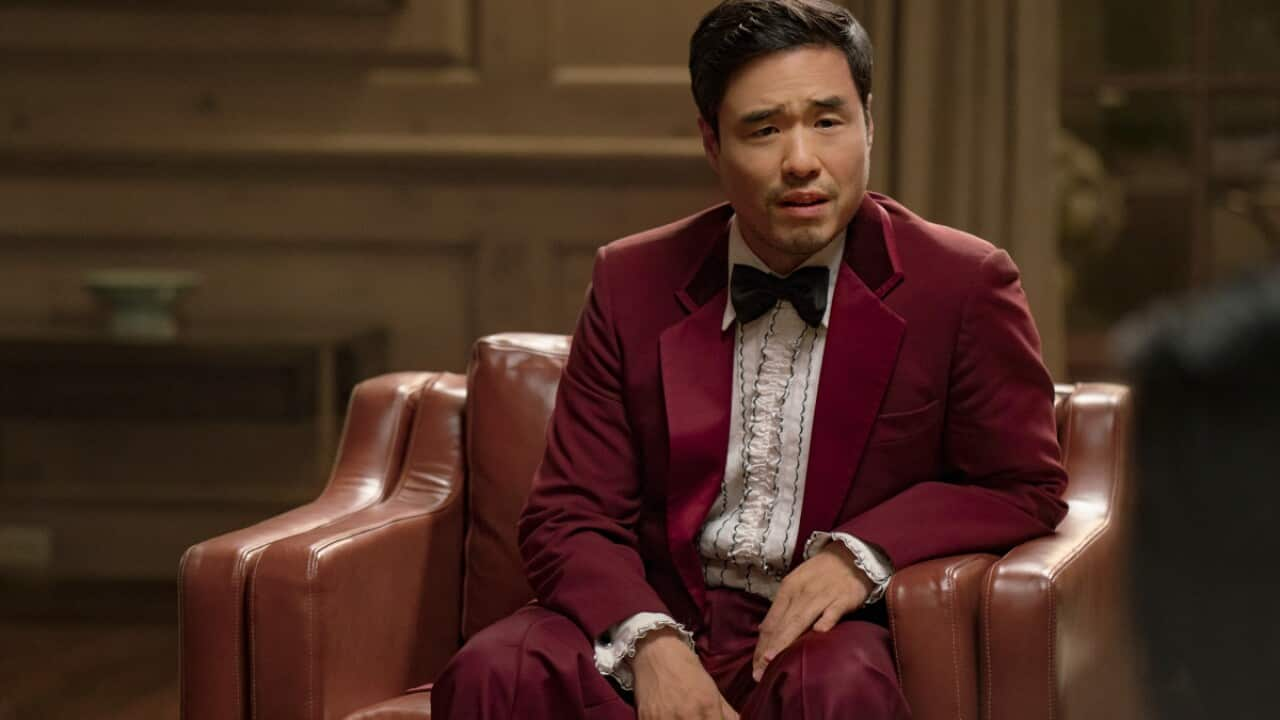Almost 12 years ago I had the honour of editing an anthology, Growing Up Asian in Australia (Black
Inc 2008). It was the sort of book I wish I had when growing up, when the concept of ‘own voices’ was not yet as recognised as it is now.
As a young adult, the only Asians I found in mainstream-recognised literature came from America (Amy Tan, Maxine Hong Kingston), or were only allowed through the doors of major publishing houses through their sweeping tales of stoic suffering (Wild Swans, Ten Thousand Sorrows, Falling Leaves). Although they were epic, these books didn’t resonate with my own experience - I’d not achieved such feats of heroism or lived through war firsthand, and I was born in Australia, not the US.
I loved books from writers who portrayed the distinct experience of an Australian childhood and adolescence: from Ethel Turner to Robin Klein, Paul Jennings, Morris Gleitzman and Sonya Hartnett. With John Marsden being the exception, these books rarely featured Asian children or teenagers.
This is not a criticism, because brilliant writers write the stories they need to tell - and one thing young readers can’t stand are didactic books that tick off a ‘representation’ checklist. It’s better to be a three-dimensional human being than a flat ‘refugee’ full of ‘admirable traits.’ These are not characters, they’re lesson-plans. But our absence from our literature did make me question my sense of identity and belonging as a teenager, especially when Pauline Hanson told us that we didn’t assimilate.
But we did! Annette Shun-Wah and Hop Dac grew up on farms. Many of our parents were battlers! We experienced the same popular culture, schoolyard games, teenage woes. We had ‘the hots’ for others regardless of culture or creed.
The only images of us we saw were in the seven o’clock news as drug-dealers or illicit brothel stock.
That’s why it was so important to me that this anthology focused on ‘Growing Up’ – it’s uniting, not divisive: everyone goes through childhood with the same feelings of powerlessness, hope, love, frustration. It’s the kind of anthology I wish I’d had when I was ‘growing up’, when we weren’t cool because the only images of us we saw were in the seven o’clock news as drug-dealers or illicit brothel stock. But Caroline Tran was hosting one of the nation’s most popular youth radio stations, Anh and Khoa Do’s stellar careers were taking off, and Quan Yeomans was rocking the world.
Brilliant, genre-pushing, original Asian-Australian writers have always been around such as Hoa Pham, Tom Cho, Andy Quan and Tony Ayres, who continue to make art. But back then there was very little funding and the internet was in its infancy. Writers who experimented and strayed from the migrant narrative of ethnic self-reflection and edification, found little support. The literary landscape was only occasionally dotted with other voices.
At the book launch to Growing Up Asian, Kylie Kwong mentioned that this anthology read like a Who’s Who of Asian Australian artistic success and everyone laughed, but it was true back then, as it is now. Benjamin Law has a television show based on his family, Diane Nguyen, Joy Hopwood and Hai Ha Le are on Australian television and film screens, Oliver Phommavanh’s children’s books are studied in primary schools, Thuy Nguyen became the Ambassador to Vietnam, and Shaun Tan won an Oscar, among other achievements of our contributors.
A visiting author to schools across Australia, I see firsthand how much of an enduring effect this anthology has had over the decade. We are aware of cultural appropriation now, but in regional country schools students are often asked to write from the perspective of one of the characters in Growing Up Asian, to extend their imaginative empathy. I will never forget the towering, footy-playing student from a country town who told me in all sincerity, with no smarmy undertones, that his favourite story in the anthology was Lian Low’s ‘My First Kiss’ about a Chinese-Malaysian gay girl’s obsession with musician K D Lang.
Identity is no longer defensive and defiant, but expansive and global.
Classes of international students use the anthology in Extension English, as a way to segue into ‘Australian’ culture, but also to talk about their own sense of alienation. One girl recently came up to me after all her classmates had left, and tearfully asked “Does the racism get better?” and showed m a photo on her phone of her Asian boyfriend. The other girls at school still tease her about him after three years. Asian teachers will come up to me to tell me that they studied the book when they were in Year 11.
Recently a teacher in Bendigo told me that it had influenced one young African Australian to eventually write his own story.
Now Growing Up Asian now has sibling anthologies, including Growing Up Muslim/ Queer/Aboriginal/African in Australia, and the soon to be released Growing Up Disabled in Australia. These books are about inclusion, not segmentation. They show that Australia has many faces and stories, and challenge the white, heteronormative, predominantly male narrative of nationhood.
The media landscape has now changed, thanks to websites like this one, Facebook groups such as ‘’, and movies like ‘’ and ‘Always be my Maybe’. Asian-Australians can now connect online to Asian-Americans, Asian-Swedes, Asian-South Africans. Identity is no longer defensive and defiant, but expansive and global.
In my own life, I no longer struggle so much with straddling two cultures – maybe because I’m no longer in my 20s, maybe because my parents have mellowed (or at least lost their monolithic power!), and maybe because I see that we Asian-Australians are so mainstream now. I sense a change in this new generation, they own their voices much more than we did, and it gives me a sense of awe and hope.
Alice Pung is editor of Growing Up Asian in Australia and will be appearing at at Bankstown Arts Centre on October 26.








